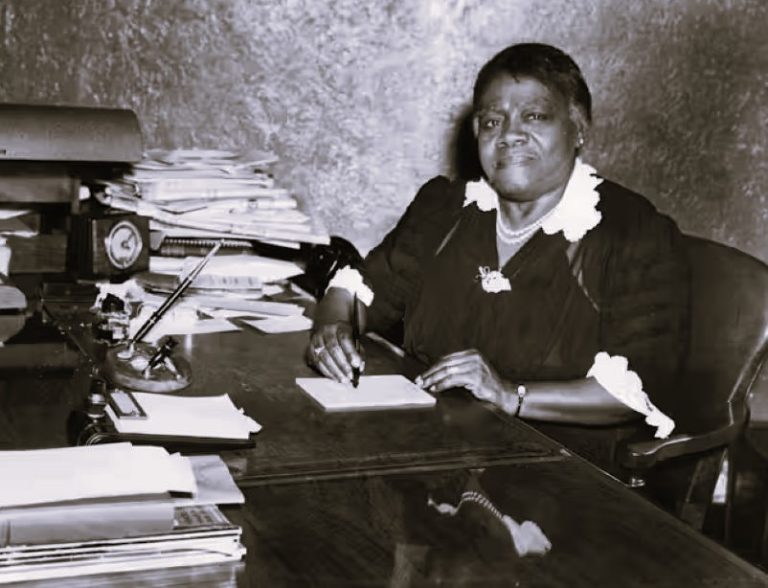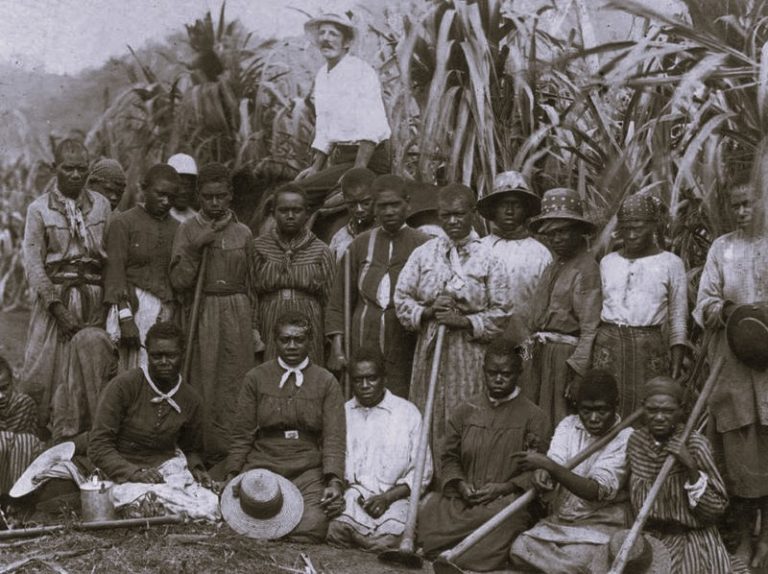

Between 250 and 900 CE, writing, religion, and art flourished. In certain respects, this era was the golden age for the Maya culture.
Introduction
Désiré Charnay was a French archaeologist who visited the jungles of Central America in the 1800s. He wrote the words below in his journal:
The rain is incessant. The damp seems to penetrate the very marrow of our bones; a vegetable mold settles on our hats which we are obliged to brush off daily; we live in mud, we are covered in mud, we breathe in mud; the ground is so slippery that we are as often on our backs as on our feet.
Imagine slipping and sliding through mud all day long. Imagine constantly swatting at mosquitoes. Imagine pit vipers and tarantulas resting in trees overhead. Imagine constant heat and humidity. Mud, poisonous creatures, and muggy weather were all part of Charnay’s experiences in the rainforest.
Charnay visited Central America after reading a travel book written by John Lloyd Stephens and illustrated by Frederick Catherwood. He was fascinated by the book’s illustrations of ancient Maya ruins. Catherwood drew pictures of vine-choked temples poking through clouds. His drawings of carved masks looked like real people. Stephens and Catherwood portrayed abandoned cities, swallowed up by dense forest. Their book captured the imaginations of people from all around the world. “Who were these Maya?” people wondered.
A Culture Flourishes
The Maya were one of many groups of people who settled in Mesoamerica. They formed agricultural villages at least as early as 1800 BCE. Over time, they established a civilization. As many as five million people inhabited an area that stretched from the highlands of Guatemala to the plains of Yucatán. Between 250 and 900 CE, writing, religion, and art flourished. In certain respects, this era was the golden age for the Maya culture.
The Maya were not ruled by a single ruler. The Maya lived in citystates scattered across considerable distances. Some of these city-states were larger than others. Each had a powerful lord who governed his own city and surrounding areas. The city-states both traded and fought with one another.
Maya society was divided into classes with lords in the highest class. Well-educated priests were also among the noble, or highest, classes. Both kings and priests lived in palaces close to city centers. Powerful nobles usually lived in the largest houses. Craftsmen lived in smaller homes that were often farther away from the city center. Farmers lived next to their fields that were even farther away.
Pyramids, Temples, Gods, and Sacrifice

Maya city-states were centers of both government and religion. Each center had some unique architectural designs. However, all centers had stone pyramids and temples. Some of the pyramids served as burial monuments to honor dead kings. Temples occupied the top level of the pyramids, purposefully close to the heavens and the gods. These temples were reserved for rulers and priests. Pyramid-temple complexes often surrounded a central plaza where public ceremonies and festivals took place.
Religion was important to most aspects of Maya life. The Maya’s belief in gods and goddesses helped them explain the mystery of life itself. They believed that gods controlled everything. The gods were responsible for the rising and setting of the sun and the phases of the moon. They were certainly responsible for floods and droughts as well as sickness and health. The Maya gave thanks for a bountiful harvest, a cured disease, or a victory in battle. They offered sacrifices, or precious gifts, to the gods. Sacrificial blood, both of animals and humans, was a common offering. Kings, sometimes called holy lords, were in charge of hosting sacrificial rituals and ceremonies.
Toward the end of the Maya’s golden age, the city-state Chichén Itzá served as an important Maya center. Chichén Itzá is located in an arid region of the northern Yucatán Peninsula. The Maya believed that Chichén Itzá’s Well of Sacrifice was the home of gods who controlled the rain. The Maya offered sacrifices to the rain gods. They did so because they believed that their fields would be watered. This well continued to serve as a sacrificial site for centuries after Chichén Itzá’s decline as a major Maya center.
Trading from Highlands to Lowlands
Trade routes followed rivers, seas, and roads across the Maya region, connecting these indigenous people to one another. Cities were hubs of commerce where people shared ideas and traded goods. The Maya used a barter system for exchanging daily necessities. People in the lowlands traded food, cotton, and jaguar skins for coastal salt and dried fish. People across Mesoamerica used obsidian, a volcanic glass from the highlands, for both jewelry and tools. Wealthy Maya valued precious gemstones and the brightly colored feathers of the rainforest’s quetzal bird.
Feeding City-States: Wetlands, Mountains, and Rainforests
Maya farmers worked hard to supply food to the city-states. Rainfall and soil quality varied throughout Mesoamerica. The Maya found clever ways to meet the challenges of their diverse landscapes.
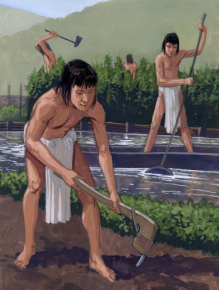
Some lowland areas received heavy rains from May through December, followed by drought from January through April. Because of this inconsistent rainfall, the Maya developed ways of redirecting and reusing rainwater. They created canals in the lowlands. They built raised-earth platforms above the canals and created wetlands. Aquatic plants helped keep the water clean and provided shade for the fish in the canals. The fish, in turn, provided both food and fertilizer for the fields.
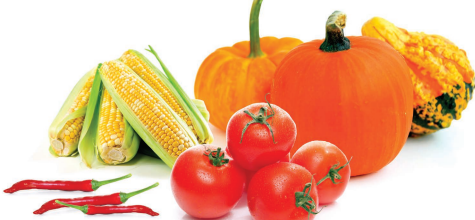
In highland areas, the Maya cut terraces into the slopes of mountains. They practiced multicropping on this flat land, planting and harvesting the land multiple times throughout the year. Their crops included beans, tomatoes, squash, chili peppers, and pumpkins. Maize, or corn, was the main food throughout Mesoamerica.
In forested areas, the Maya used a technique known as slash and burn. They slashed, or cut down, trees and then burned the area. Then they planted new crops. Ashes left from the fire added nutrients to the soil. After several years, the crops used up the nutrients in the soil. The Maya then repeated the process in another area.
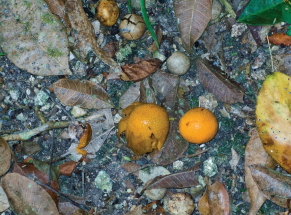
The Maya also gathered tree crops. Fruit trees thrived in the rainforest. The Maya enjoyed the bountiful fruit of the breadnut tree. Similar to apricots in appearance, breadnut fruit has highly nutritious seeds. The Maya ate these seeds or ground them into flour. The Maya also used many rainforest plants for medicine.
Some Maya hunted game in the forests, including deer, rabbits, and other small mammals. They raised turkeys and dogs for food. They raised stingless bees for honey, which they used to sweeten foods and drinks. In coastal communities, the Maya ate fish and turtles as well.
It is important to remember that the Maya were not the first civilization to live in Mesoamerica. The way they lived was often very similar to the way others in the area lived. The Maya did not invent the pyramid, nor were they the first to practice writing. Instead, the Maya often improved upon practices originally borrowed from other cultures.
Entertainment and Life in the Royal Court
An Important Ball Game
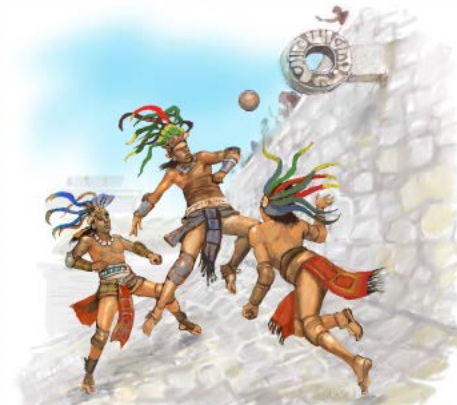
The Maya played a ball game called pok-a-tok that had religious significance. Nearly every Maya city had at least one ball court. Enclosed by parallel walls, the rectangular courts varied in size. Some were nearly as large as a modern-day football field. The game of pok-a-tok was played with a solid rubber ball that weighed as much as eight pounds. Players kept the ball in the air with their knees, hips, shoulders, and forearms. Thick, heavy padding protected them in this fast-paced game. Rules varied among the city-states. At Chichén Itzá’s court, the object was to pass the ball through stone hoops. In some city-states, players were sacrificed to the gods at the end of the game. It’s possible that the game symbolized the passage of the sun across the sky. This was believed to be an important daily task performed by the gods.
Painted Mural at Bonampak

This mural was painted on a temple wall at Bonampak in southern Mexico. It shows that members of the king’s royal court lived lives of luxury. Rulers grew wealthy from trade among city-states. The mural depicts how members of the royal court lived and dressed. Loose-fitting clothing was typical of all social classes. Noble women wore beads, pendants, and earrings made of precious jade. Noble men covered their heads with feathered headdresses made of quetzal plumes. Only the rich and powerful wore fancy clothes and jewels.
Decoding an Ancient Language
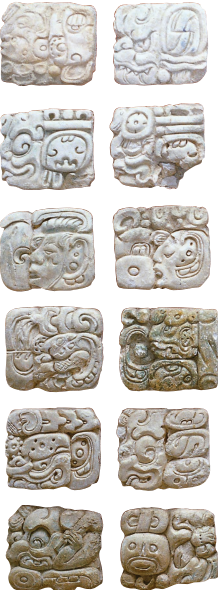
Archaeologists were often puzzled by these carved symbols. Many of the carvings had survived despite thousands of years of erosion by humidity, heat, and tropical storms. Still, nobody knew what these sequences of symbols meant. Some scholars suspected that the symbols were largely decorative. Others were convinced that the symbols were a form of writing. Among these scholars was a young Russian named Yuri Knorosov, who began to decode, or translate, the hieroglyphics. His translations uncovered the true nature of the Maya writing system. Some glyphs were syllables, or parts of words, while others represented whole words. They were far from being just pretty pictures!
Knorosov published the results of his research in 1952. Some epigraphers, people who decode and interpret ancient writing systems, were doubtful of his work. Others, including David Stuart, were eager to decode more. Today, approximately 85 percent of the Maya glyphs have been decoded. These glyphs help bring the ancient Maya world to life. They provide records of important dates and events, including the reigns of kings and the movement of the stars.
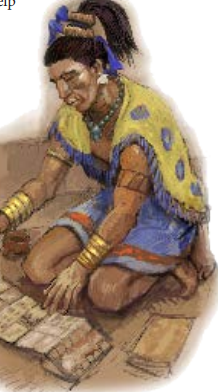
The Maya developed a system of writing that used around 800 distinct glyphs. Scribes patiently painted symbols onto the folded bark paper of a codex. They created many of these ancient books, or codices. Many codices were destroyed or have disappeared. Hieroglyphics carved in stone, however, continue to tell stories from ancient Maya city-states even today.
Buried Treasure in the Temple of Inscriptions
Palenque, in present-day Mexico, contains one of the longest carved hieroglyphic texts yet found. Elements of Palenque’s history are carved on panels that form the walls of its Temple of Inscriptions. This temple was built to honor one of Palenque’s kings, King Pakal.
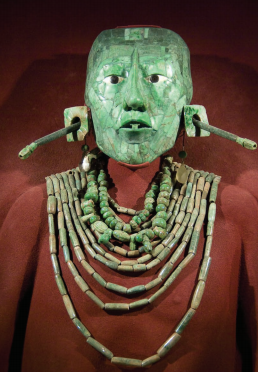
K’inich Janaab’ Pakal rose to power when he was only 12 years old. He ruled Palenque for nearly 70 years. Pakal, like other Maya rulers, spent many years planning his own burial tomb. The tomb inside Palenque’s famous Temple of Inscriptions lay hidden for many years. In 1948, a Mexican archaeologist named Alberto Ruz Lhuillier discovered a trap door that led to the tomb.
It took four years for Alberto Ruz Lhuillier and his team to carefully clear rubble from the opening beneath the trap door. There, they discovered a stairway leading down to the king’s sarcophagus, or coffin. When archaeologists opened the coffin’s ornate lid, they found what is presumed to be Pakal’s skeletal remains. He was buried with an abundance of jade, the Maya’s most precious stone. Jade necklaces, earrings, rings, and bracelets filled the coffin. The most magnificent of all the pieces was the mosaic death mask. It was common practice in Maya culture to place masks over rulers’ faces to protect them in the afterlife. Pakal’s mask is spectacular. Made from hundreds of pieces of green jade, the mask features decorative pieces of shell and dark obsidian.
From Numbers to Calendars and the Great Beyond

We know that the Maya had a written language. They also developed a number system. They used three symbols: a dot, a line, and a picture. The dot represented 1. The bar stood for 5. The pictorial symbol, often an oval shell, stood for 0. The Maya were among the first people to use the concept of 0. Without it, they could not have made calculations into the millions as they did. Their system of counting was used by people from different classes of society. Traders used this early form of mathematics for business. Architects used it to build pyramids. Farmers used it to plant their fields. Astronomers used mathematics to plot the heavens.
Symbols Carved on Stelae
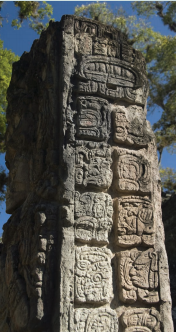
Sculpted stelae stood in Maya ceremonial centers for hundreds of years. Over time, the stones had various uses and the styles changed. Archaeologists have determined that the main purpose of the stelae was to glorify kings. These stone monuments boldly portrayed a king’s wealth and important deeds.
Combinations of glyphs also recorded important events. The Maya used a complicated system for recording dates using the symbols for numbers. The position of a number on a stela determined how it was interpreted. The Maya symbols for numbers appear on many stelae.
Priests served as astronomers and charted the skies. Ceremonial centers housed observatory buildings where astronomers could watch the stars’ movements over the course of a year. The Maya thought of time as moving in cycles rather than in a straight line. Cycles in nature were important to the Maya understanding of time. They accurately predicted solar eclipses. They mapped out the orbital cycle of the planet Venus. They studied the phases of the moon.
Based on their observations and their knowledge of mathematics, the Maya used two calendars. The solar, or sun, calendar contained 365.2420 days in a year. Compare that to modern-day calculations of 365.2422 days in a calendar year. Can you tell how far off the mark they were? Scientists agree that centuries-old Maya calculations are remarkably precise, or accurate. Their lunar, or moon, calendar contained 260 days. The Maya consulted it for favorable days to plant and harvest. It was also their key to deciding the best dates for ceremonies and celebrations.
Early Engineers and Doctors
The Maya’s many pyramids are proof of their advanced mathematical and engineering skills. Imagine building such structures without the use of wheels, pulleys, or metal tools. The Maya constructed four-sided platforms from earth and rubble to form the base of a pyramid. Then, they covered the rubble with limestone from local quarries. The plentiful limestone was ground into a fine powder and mixed with gravel and water. The Maya used this mixture for both mortar and stucco finishing. The Maya had no pack animals, so they carried materials on their backs. Without the use of metal tools, they cut stone with stone.
Priests had many different roles in Maya society. In addition to conducting religious ceremonies and practicing astronomy, priests served as doctors. Maya medicine was a combination of science and religion. The Maya used natural remedies, or treatments. They gathered plants to relieve headaches and settle upset stomachs. They combined herbal concoctions with various animal parts to cure ailments. When wounds required stitching, priests used sharp pieces of obsidian, a volcanic stone, and strands of human hair. Priests even served as dentists, filling teeth with minerals from the earth.
The End of a Golden Age
Overview
The golden age of the Maya came to an end between 800 and 900 CE. City-states were mostly abandoned. No more stone statues were raised to kings. Populations decreased and farmers dispersed. People of the inland rainforests left for the drier Yucatán Peninsula. One of the most advanced pre-Columbian civilizations in the Americas crumbled. Why?
The change was gradual and probably resulted from a combination of things. It is possible that a lack of rainfall led to serious drought conditions. The Maya chopped down trees for additional fields and housing. This could have destroyed the ecological balance of the region. An epidemic or changing trade routes may have been partially responsible for the decline. Or, some theorize, the reason may rest with the Maya themselves. Was there a war between city-states? Did people revolt? Had the rulers become too controlling? Nobody knows for sure.
Maya Blue: A Long-Lasting Color
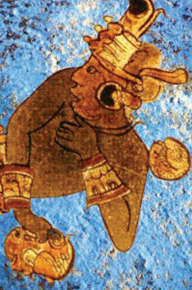
The Maya were skilled artisans. They gathered clay to create beautiful ceramic vessels. Like the stone stelae, these decorative vases often told stories on their elaborately painted surfaces. Artists made a distinctive blue paint known as Maya Blue. It comes from a beautiful indigo dye produced from the leaves of a native plant. Many other colors made with natural pigments fade over time. Maya Blue is remarkable for the fact that it fades very little.
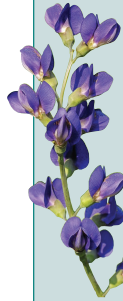
Maya Cloth of Today
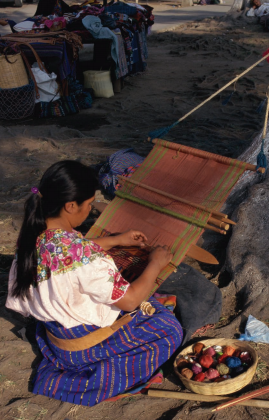
Many modern Maya women wear colored tunics that are similar to the ones worn by their ancestors. Each community has its own distinct designs. As they did long ago, many women today still weave cloth. Some even use thread that is colored with natural dyes. Traditional tunics are sold in modern-day marketplaces.
At the close of the golden age, the remaining Maya scattered and their great civilization dwindled. Today, their descendants live in the ancestral homelands of modern-day Mexico, Belize, Guatemala, Honduras, and El Salvador. With the exception of Belize, where English is spoken, Spanish is the official language of the region. However, more than 21 Maya dialects are still spoken in Guatemala alone. If you visit Mesoamerica, your guide through the muggy rainforests to ancient ruins may be a descendant of the Maya.
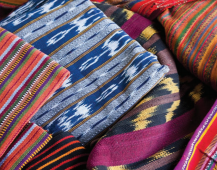
The ancient Maya were once thought to be peaceful worshippers of the stars, gods, and time. However, their decorated vessels and translated glyphs provide clues to suggest otherwise. We are still learning about these people who populated south-central Mexico and parts of Central America.
Originally published by the Core Knowledge Foundation under the terms of a Creative Commons Attribution-NonCommercial-ShareAlike 4.0 International license.
